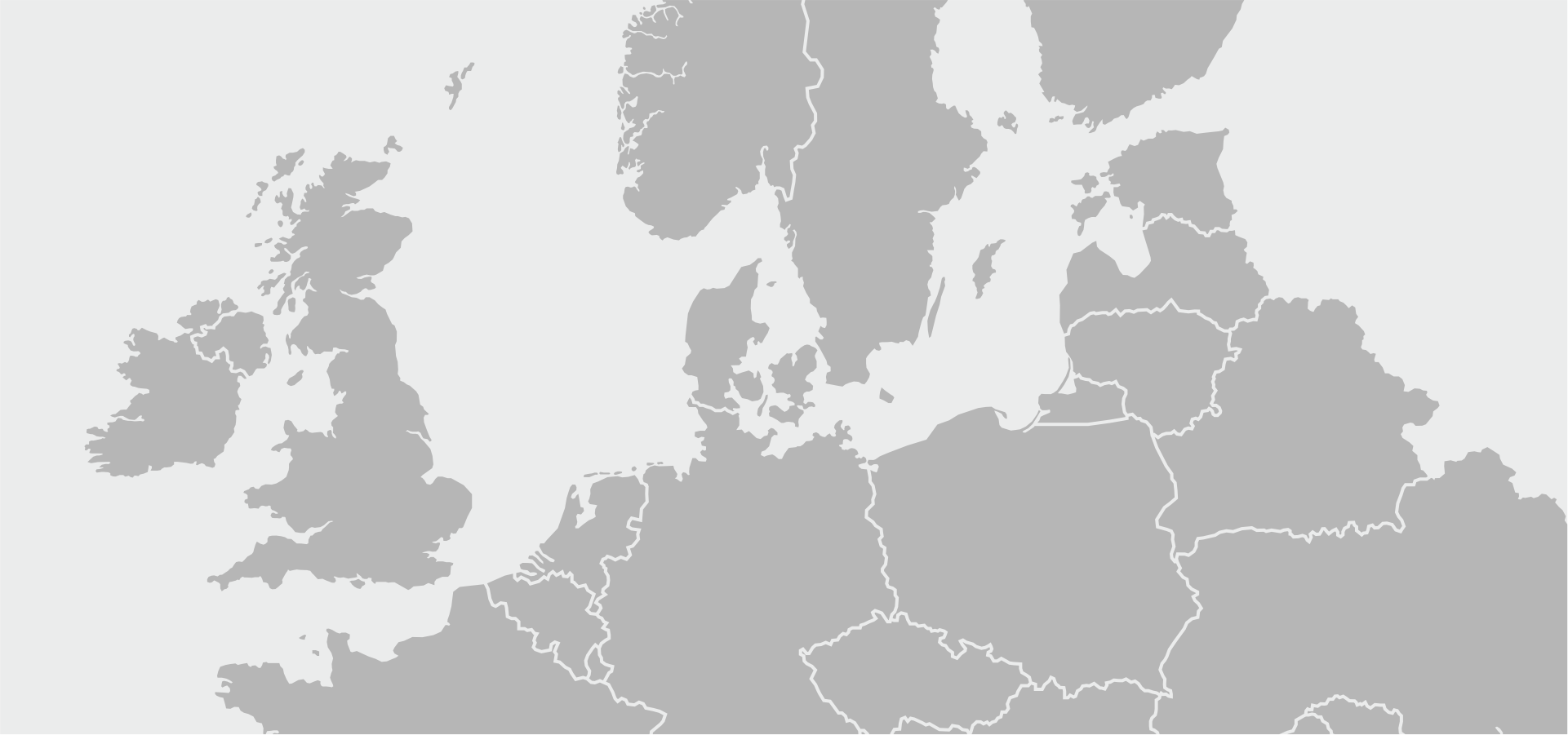Understanding the components of ship equipment is essential for ensuring the safety, efficiency, and functionality of maritime vessels. This comprehensive guide delves into the key categories of ship equipment, highlighting their roles and significance in maritime operations.
Anchoring and Mooring Systems
Anchoring and mooring systems are fundamental for securing a vessel in place, whether at sea or in port. These systems ensure that ships remain stationary during loading, unloading, or when awaiting berth availability.
The anchoring system typically comprises the anchor itself, anchor chains or cables, windlasses, and associated hardware. The anchor, often made of heavy metal, is designed to dig into the seabed, providing resistance against wind and current. The windlass is a mechanical device used to raise and lower the anchor, facilitating anchoring operations. Proper maintenance of these components is crucial to prevent equipment failure, which could lead to drifting and potential collisions
Mooring systems, on the other hand, involve the use of ropes, wires, or chains to tie the vessel to a dock or another ship. Mooring equipment includes bollards, cleats, fairleads, and winches. These components work together to distribute the forces exerted by tides, winds, and currents, ensuring the vessel remains securely fastened. Advanced mooring systems may incorporate tension monitoring and automated adjustment features to enhance safety and efficiency.
Propulsion and Steering Mechanisms
The propulsion and steering systems are the driving force behind a ship’s movement and maneuverability. These systems enable vessels to navigate through various sea conditions and execute precise movements during docking or course changes.
Propulsion systems typically consist of engines, propellers, shafts, and gearboxes. Modern ships often utilize diesel engines due to their efficiency and reliability. The engine’s power is transmitted through the shaft to the propeller, which generates thrust to move the vessel forward or backward. Some advanced ships employ azimuth thrusters or podded propulsion units, allowing for greater maneuverability and eliminating the need for traditional rudders.
Steering mechanisms are crucial for directional control. Traditional systems use a rudder, a flat piece of metal hinged at the stern, which redirects water flow to turn the ship. Modern vessels may incorporate sophisticated steering systems, including joystick controls and dynamic positioning systems, which use computer-controlled thrusters to maintain a ship’s position and heading automatically. Regular inspection and maintenance of these systems are vital to ensure responsive and accurate steering capabilities.

Deck Equipment and Cargo Handling Tools
Deck equipment and cargo handling tools are essential for the efficient loading, unloading, and overall operation of a ship. These components facilitate the movement of goods and ensure the safety of the crew during deck operations.
Key deck equipment includes cranes, derricks, winches, and hatch covers. Cranes and derricks are used to lift heavy cargo on and off the vessel, especially in ports lacking shore-based loading facilities. Winches assist in handling ropes and cables, playing a crucial role in mooring and anchoring operations. Hatch covers protect cargo holds from water ingress, preserving the integrity of the goods transported.
Cargo handling tools encompass a range of equipment designed to secure and manage cargo during transit. This includes lashing gear, dunnage, pallets, and forklifts. Proper use and maintenance of these tools are imperative to prevent cargo shifting, which can compromise the vessel’s stability and safety. Additionally, adherence to cargo securing manuals and international regulations ensures standardized practices across the maritime industry.
Safety and Emergency Equipment
Safety and emergency equipment are paramount in safeguarding the lives of crew members and passengers aboard a ship. These tools and systems are designed to prevent accidents and provide essential support during emergencies.
Life-saving appliances include lifeboats, life rafts, life jackets, and immersion suits. These are strategically placed throughout the vessel to ensure quick access in case of evacuation. Firefighting equipment, such as extinguishers, fire hoses, and sprinkler systems, are installed to combat onboard fires effectively. Regular drills and maintenance checks are conducted to ensure the readiness and functionality of this equipment.
Emergency communication devices, including radios and distress signaling equipment, are critical for coordinating rescue operations. Compliance with international safety conventions, such as the Safety of Life at Sea (SOLAS) treaty, mandates the presence and upkeep of these safety measures. Investing in high-quality safety equipment and training enhances the overall resilience of maritime operations.
For a comprehensive range of technical ship supplies, including the equipment discussed above, visit Baltona Ship’s technical equipment services.
Fill in the form and we will contact you very soon!

Do jakich portów pływamy
Polska
- Świnoujście
- Police
- Szczecin
- Kołobrzeg
- Darłowo
- Ustka
- Gdynia
- Gdańsk
Niemcy
- Hamburg
- Brake
- Stralsund
- Rostock
- Wismar
- Lubeck
- Brusbuttel
- Bremenhaven
- Bremen
Belgia
- Antwerpia
- Ghent
Holandia
- Rotterdam
- Amsterdam
- Ijmuiden
Dania
- Aarhus
- Kalundborg
Szwecja
- Uddevalla
Francja
- Rouen
Estonia
- Tallin
Łotwa
- Ryga
Litwa
- Kłajpeda
Finlandia
- Pori
Which ports we sail to
Poland
- Świnoujście
- Police
- Szczecin
- Kołobrzeg
- Darłowo
- Ustka
- Gdynia
- Gdańsk
Germany
- Hamburg
- Brake
- Stralsund
- Rostock
- Wismar
- Lubeck
- Brusbuttel
- Bremenhaven
- Bremen
Belgium
- Antwerpia
- Ghent
Netherlands
- Rotterdam
- Amsterdam
- Ijmuiden
Denmark
- Aarhus
- Kalundborg
Sweden
- Uddevalla
France
- Rouen
Estonia
- Tallin
Latvia
- Ryga
Lithuania
- Kłajpeda
Finland
- Pori
Welche Häfen wir anlaufen
Polen
- Świnoujście
- Police
- Szczecin
- Kołobrzeg
- Darłowo
- Ustka
- Gdynia
- Gdańsk
Deutschland
- Hamburg
- Brake
- Stralsund
- Rostock
- Wismar
- Lubeck
- Brusbuttel
- Bremenhaven
- Bremen
Belgien
- Antwerpia
- Ghent
Niederlande
- Rotterdam
- Amsterdam
- Ijmuiden
Dänemark
- Aarhus
- Kalundborg
Schweden
- Uddevalla
Frankreich
- Rouen
Estland
- Tallin
Lettland
- Ryga
Litauen
- Kłajpeda
Finnland
- Pori